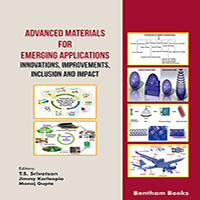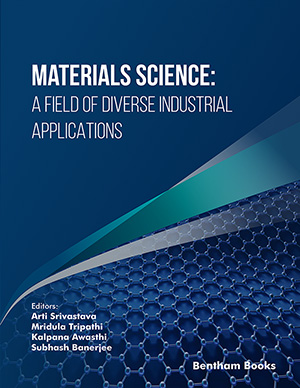Abstract
In the early generation of the Indian 220 MWe pressurized heavy water
reactor (PHWR220), Zr-2.5Nb pressure tubes (PT) were manufactured from doublemelted (DM) ingots. Later on, quadruple melted (QM) ingots were used to achieve
enhanced performance. These pressure tubes were fabricated by hot extrusion followed
by double pilgering with intermediate annealing and this fabrication route is designated
as an old route (OR). These tubes have performed reasonably well. However, some of
these tubes showed higher in-reactor deformation. Subsequently, both alloy chemistry
and manufacturing practice were revisited and changes in alloy chemistry and ingot
diameter, mode of hot working for breaking the cast structure and hot extrusion of
billets with higher extrusion ratio and single pilgering steps have been employed. This
route is designated as a new route (NR) and is being used for manufacturing pressure
tubes for the current generation of 220MWe pressurized heavy water reactors.
Over the years, changes in Chlorine (Cl), Carbon (C), Phosphorous (P), Iron (Fe) and
Hydrogen (H) specification and narrowing down the specification for Niobium (Nb)
and Oxygen (O) have been implemented to exploit their beneficial effect on in-reactor
deformation and hydrogen pickup. The changes in manufacturing practices had resulted
in changes in microstructure and texture. In the old route (OR), pressure tube (PT)
microstructure was characterized by the presence of discrete beta-phase precipitates
along the interfaces of alpha lamellae while the new route (NR) pressure tube (PT)
exhibits more continuous beta film and relatively coarser α lamellae. In terms of
crystallographic texture too, the new route (NR) pressure tubes (PTs) had higher FT
values (in the order of 0.65) in comparison to old route (OR) pressure tubes (PTs)
(FT~0.55 to 0.6).
Because of crystallographic and microstructural anisotropy, the tensile behavior of this
material is also anisotropic with the transverse direction exhibiting higher flow stress
and lower ductility at and below reactor operating temperatures. The transverse tensile
strength of pressure tube (PTs) fabricated from new route (NR) is higher than that
fabricated from old route (OR). The fracture toughness of pressure tubes (PT)
manufactured from quadruple melted (QM) ingots are significantly higher than that of
the pressure tubes (PTs) manufactured from double melted (DM) ingots, which is
attributed to the deleterious effect of Chlorine (Cl), Carbon (C), Phosphorous (P) and
their complexes. The variation in fracture toughness of pressure tubes (PTs) was
evaluated as a function of temperature, hydrogen content and hydride orientation. The
hydrided material exhibited a typical S curve showing lower-shelf, transition and upper
shelf regimes. Delayed hydride cracking velocity and threshold stress intensity factor
were determined as a function of temperature, direction of approach to test temperature
and hydride orientation. Threshold stress for hydride reorientation (σth) determined
using ex-situ and in-situ methods between 250 and 300oC was observed to decrease
with an increase in temperature. Thermal creep behavior was investigated for these
tubes at 350, 400 and 450 °C at different stress levels and comparison of the minimum
creep rate and the rupture life is presented. This article describes the evolution of the
alloy chemistry, microstructural features, texture and mechanical properties and
hydride induced embrittlement of the pressure tubes (PTs) used in Indian pressurized
heavy water reactor (PHWR) and life extension approaches. An attempt has been made
to rationalize the observed properties in terms of alloy chemistry and microstructure.
Keywords: Creep, Delayed hydride cracking, Fracture, Life extension, Microstructure, Pressure tube, Tensile, Zirconium alloy.




















